When To Visit Mallorca: Your Essential Month-By-Month Island Guide
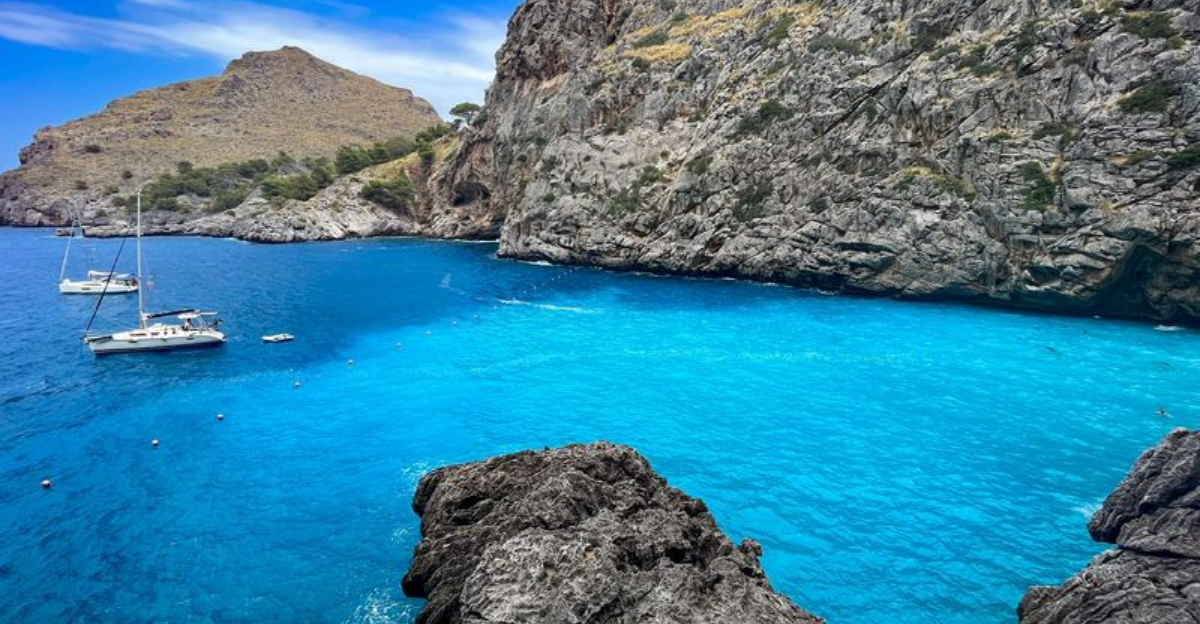
Planning the perfect getaway to Mallorca requires knowing exactly when to visit this Mediterranean paradise. The island transforms dramatically throughout the year, offering unique experiences each month.
Whether you’re seeking sun-soaked beaches, cultural festivals, or peaceful exploration without crowds, timing your trip right can make all the difference in your Balearic adventure.
1. January: Peaceful Winter Retreat
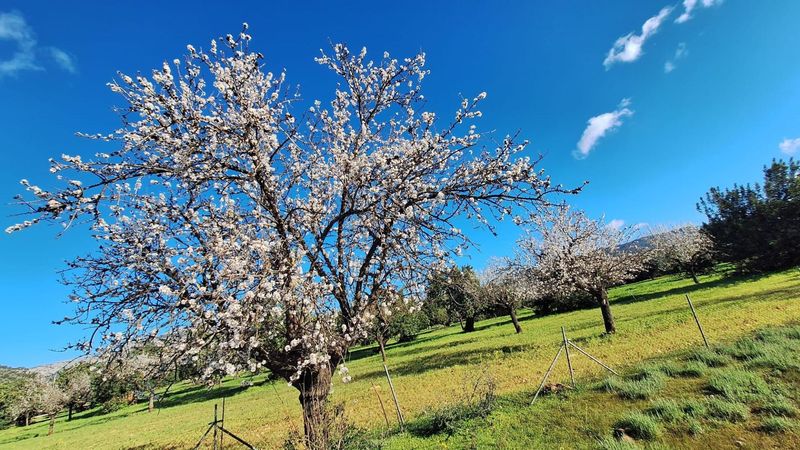
Imagine having Mallorca’s stunning landscapes almost entirely to yourself. January offers a tranquil island experience with temperatures hovering around 15°C (59°F) – chilly for swimming but perfect for hiking.
The almond trees begin their magnificent blooming season, painting valleys with delicate white and pink blossoms. You’ll find dramatically reduced hotel rates and can explore Palma’s museums and cathedrals without fighting crowds.
2. February: Almond Blossom Magic
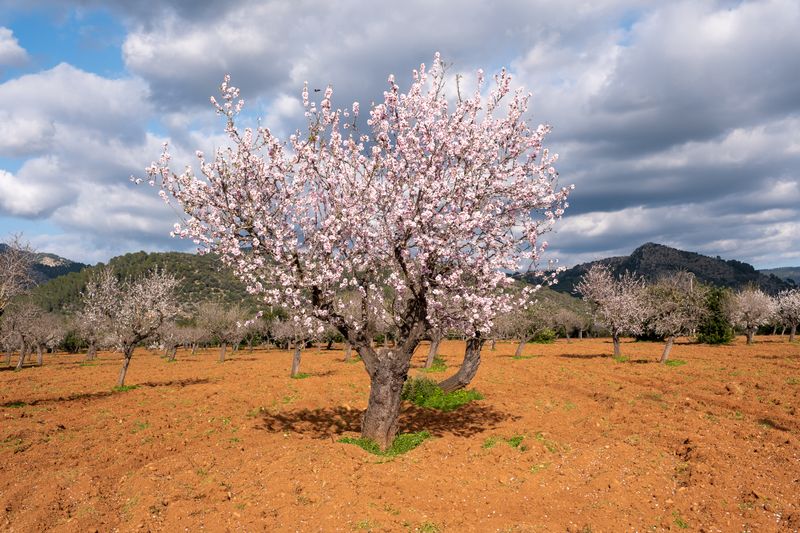
Four million almond trees burst into bloom across Mallorca, creating one of the island’s most magical natural spectacles. The countryside transforms into a fragrant sea of white and pink flowers against dramatic mountain backdrops.
Hiking conditions reach their prime with comfortable temperatures and clear visibility. Local festivals like Sant Sebastià bring traditional music and bonfires to villages across the island.
Prices remain wonderfully low, and you’ll experience authentic Mallorcan life without tourist crowds.
3. March: Spring Awakening
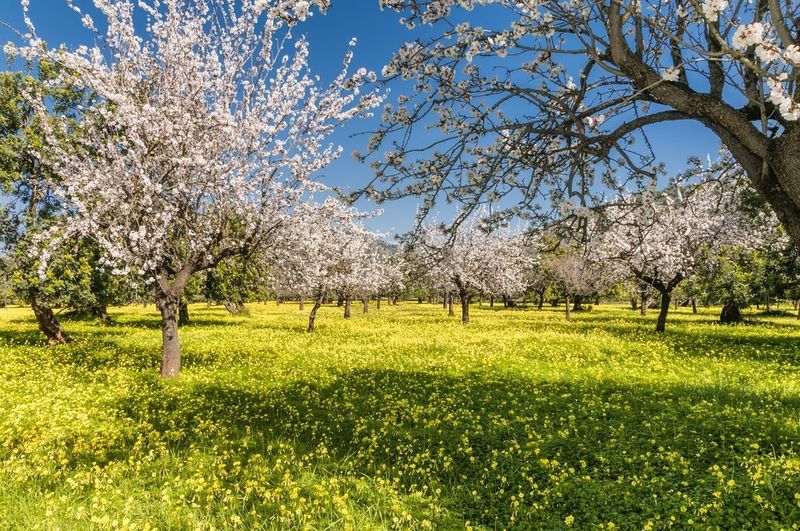
As winter loosens its grip, Mallorca begins its colorful transformation. Wildflowers carpet the countryside while temperatures climb steadily toward the pleasant 18°C (64°F) range, making outdoor activities increasingly appealing.
Early beach enthusiasts might brave a quick dip, though the Mediterranean remains brisk. Holy Week celebrations bring processions and traditional pastries to towns across the island.
Cycling enthusiasts flock to Mallorca’s smooth roads and varied terrain, taking advantage of perfect riding conditions before summer heat arrives.
4. April: Easter Celebrations & Blossoming Beauty
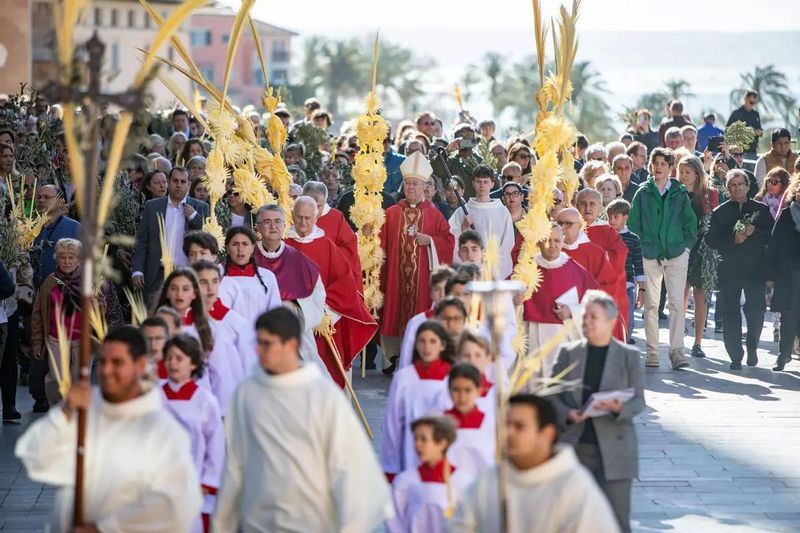
Holy Week processions fill Mallorca’s streets with solemn pageantry and centuries-old traditions. Locals and visitors alike gather to witness these moving displays of faith and culture.
The island truly comes alive with vibrant wildflowers and pleasant 20°C (68°F) days perfect for exploring hidden coves and coastal paths. Tourist facilities begin reopening after winter closures, yet beaches remain refreshingly uncrowded.
Farmers’ markets overflow with seasonal produce, making this an excellent time for culinary adventures through the island’s diverse food scene.
5. May: Perfect Weather Before Peak Season
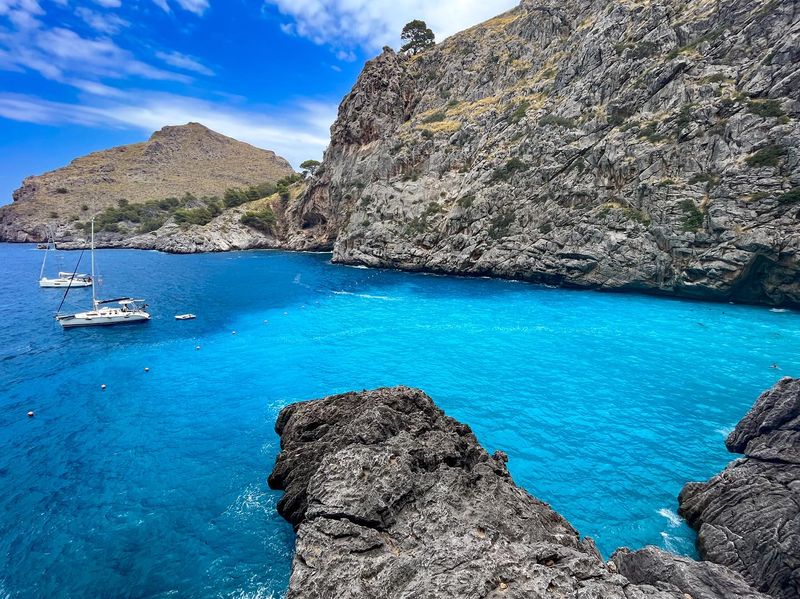
May offers that sweet spot of warm sunshine without summer’s intense heat or crowds. Daytime temperatures hover around a comfortable 23°C (73°F), ideal for combining beach time with cultural explorations.
The Mediterranean warms to swimable temperatures, and coastal restaurants reopen their terraces. Hiking trails through the Serra de Tramuntana showcase spectacular views across verdant landscapes.
Local festivals like Moors and Christians in Sóller provide authentic cultural experiences before the tourist high season begins in earnest.
6. June: Summer Begins With Midsummer Magic
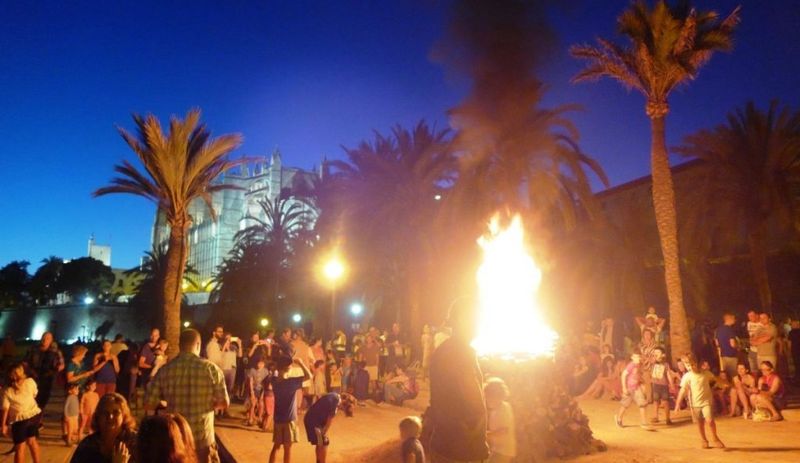
Sant Joan festivities light up the island with bonfires, music, and midnight swims to celebrate the summer solstice. The magical atmosphere makes this one of the most enchanting times to experience Mallorcan culture.
Beach season kicks into full gear with water temperatures reaching a pleasant 22°C (72°F). Days grow longer, offering extended hours for exploring coastal caves, hidden coves, and crystalline waters.
While prices begin their summer climb, early June still offers reasonable rates before peak season crowds arrive in full force.
7. July: High Season Beach Paradise
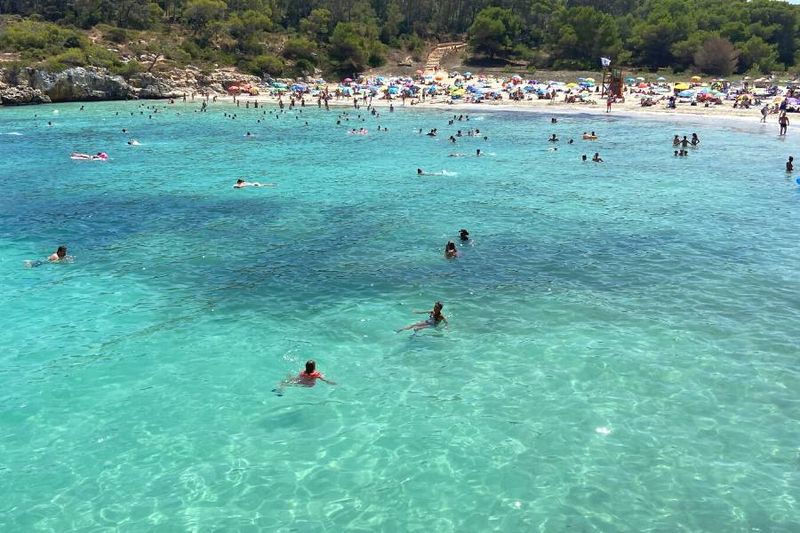
Beaches transform into vibrant social hubs with perfect swimming conditions and water temperatures around 25°C (77°F). Every coastal town buzzes with energy as visitors from across Europe flock to Mallorca’s shores.
Village festivals (fiestas) occur almost daily somewhere on the island, featuring traditional dancing, music, and local cuisine. Night markets in Port de Pollença and Artà offer handcrafted souvenirs and lively evening entertainment.
Advance bookings become essential as this peak month fills restaurants, tours, and accommodations to capacity.
8. August: Festival Fever & Maximum Sunshine
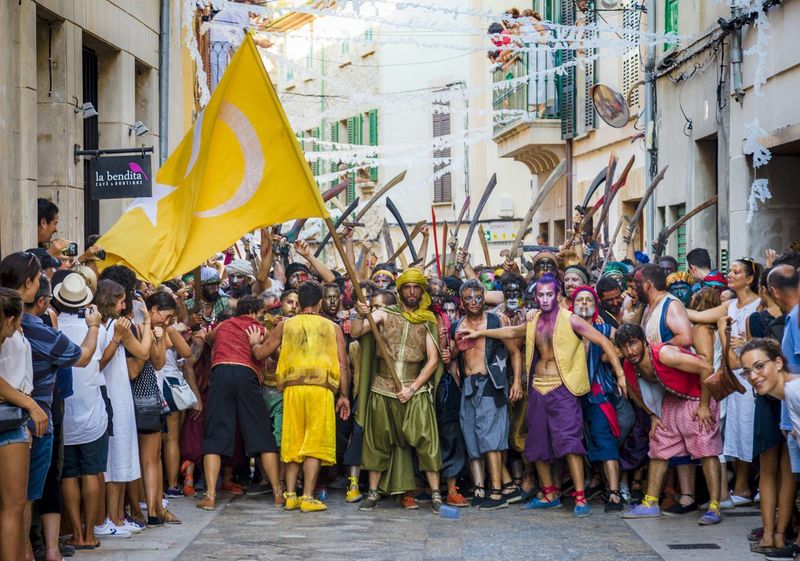
Heat reaches its zenith with temperatures regularly exceeding 30°C (86°F), making beach days and boat trips the activities of choice. Nightlife reaches its peak intensity, especially in areas like Magaluf and Palma.
The spectacular La Patrona festival in Pollença features the mock battle of Moors and Christians, drawing thousands of spectators. Water sports thrive with perfect conditions for sailing, windsurfing, and paddleboarding across the island’s bays.
Despite the crowds, August delivers that quintessential Mediterranean summer experience many travelers dream about.
9. September: Golden Late Summer Glow
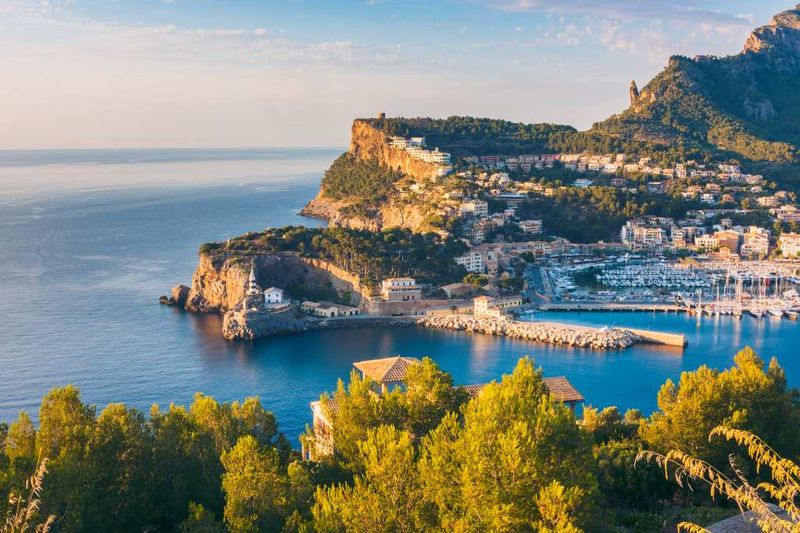
Many locals consider September the absolute best month to enjoy Mallorca. The Mediterranean Sea reaches its warmest temperature (around 26°C/79°F) while the summer crowds begin to thin out noticeably.
Hotel prices drop significantly from their August peak, yet all facilities remain fully operational. The countryside takes on a golden hue as summer transitions toward autumn, creating spectacular landscapes for photography enthusiasts.
Wine harvest festivals in villages like Binissalem offer opportunities to sample local vintages and participate in grape-stomping traditions.
10. October: Autumn Tranquility & Hiking Season
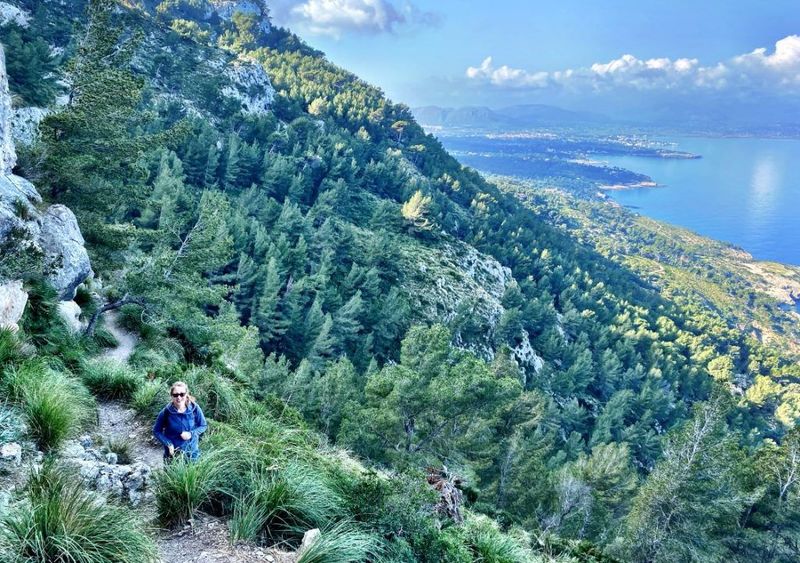
Mild temperatures around 23°C (73°F) create perfect conditions for exploring Mallorca’s natural beauty without summer’s oppressive heat. Hiking trails through the Tramuntana mountains become particularly appealing as autumn colors begin to appear.
Beaches return to their peaceful state, though swimming remains pleasant with sea temperatures still around 22°C (72°F). Foodies delight in seasonal specialties featuring mushrooms, pumpkins, and local game appearing on restaurant menus.
Cultural events return to Palma as the city transitions from beach tourism to its more authentic rhythm.
11. November: Olive Harvest & Authentic Experiences
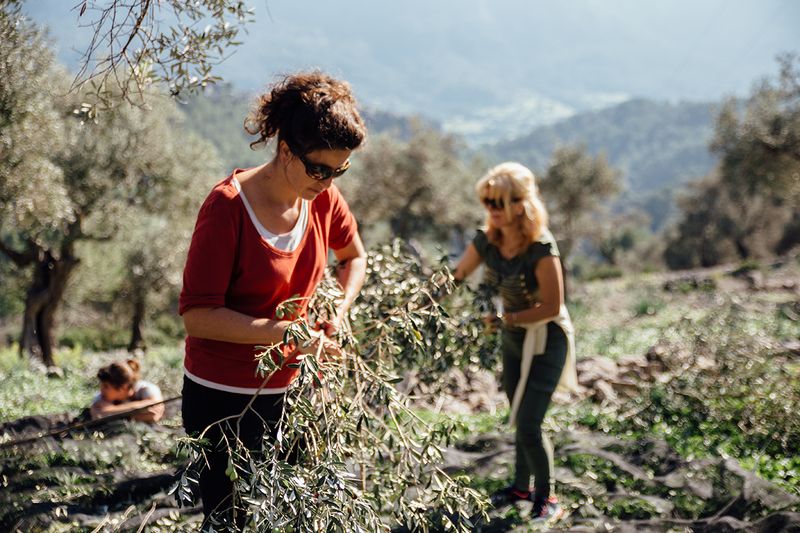
Traditional olive harvesting begins across Mallorca’s ancient groves, with some trees dating back over 500 years. Visitors can participate in this timeless tradition and sample freshly pressed oils at local farms.
Temperatures cool to around 18°C (64°F), perfect for exploring Palma’s historic quarter without summer’s heat. The island takes on a distinctly local flavor as tourism slows dramatically and residents reclaim their favorite spots.
Mushroom hunting becomes a popular activity as seasonal rains bring forth prized varieties in mountain forests.
12. December: Festive Mediterranean Christmas
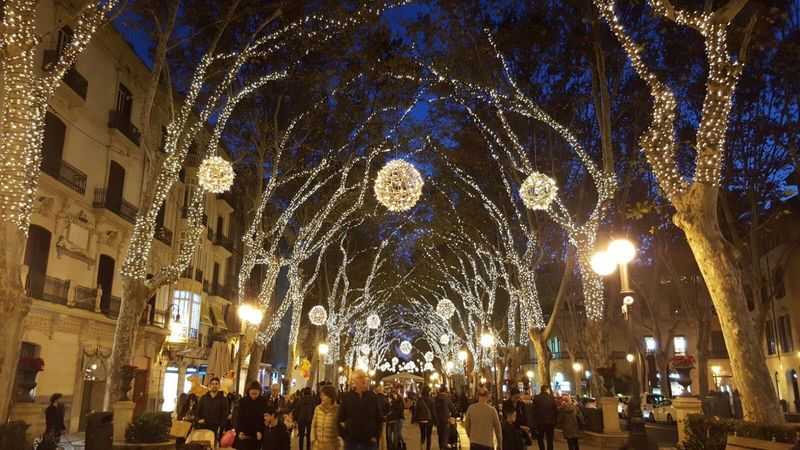
Christmas markets transform Palma into a festive wonderland, with the cathedral square hosting the most spectacular display. The unique combination of palm trees and Christmas lights creates a distinctly Mediterranean holiday atmosphere.
Winter temperatures remain mild (around 15°C/59°F) compared to northern Europe, making December a pleasant escape. The famous Midnight Mass at Palma Cathedral (La Seu) delivers an unforgettable Christmas Eve experience with its candlelit service and special choir.
New Year’s celebrations bring fireworks and revelry to close out the year in style.
